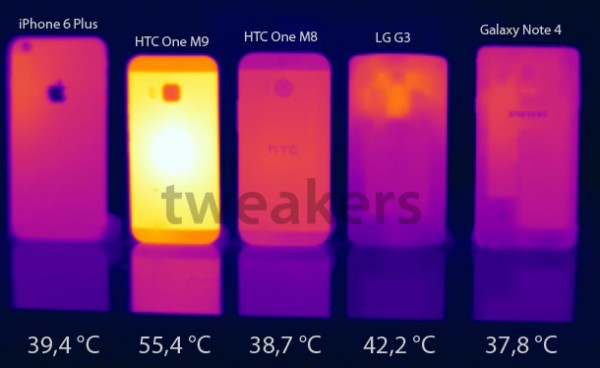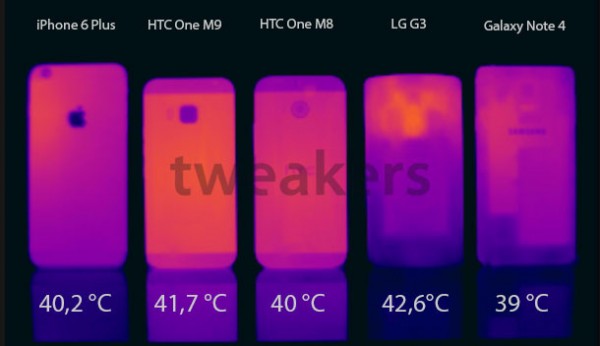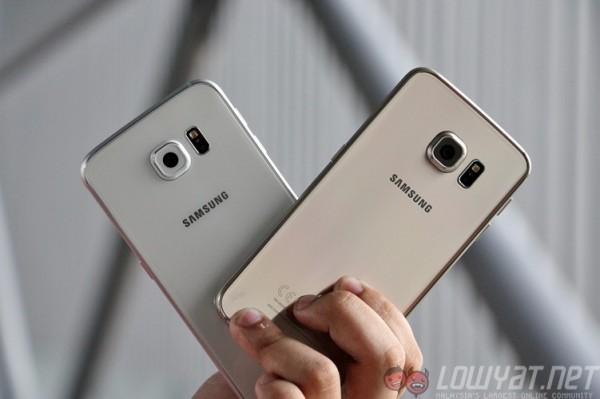Qualcomm has finally spoken on the apparent overheating issues of its flagship SoC, the Snapdragon 810. According to Tim McDonough, Qualcomm’s Vice President of Marketing, the rumours “are rubbish, there was not an overheating problem with the Snapdragon 810 in commercial devices.” This is despite report that the processor throttles more often than competing chipsets.
Throughout McDonough’s interview with Forbes on the Snapdragon 810 processor, he emphasised that there is no issue with the chipset. He even addressed the fact that pre-released products overheating – such as the case with an early build of the HTC One M9 – is just a part of the development process. It was necessary to figure out what is wrong in order to do performance optimisation.
 The pre-production unit of the HTC One M9 that overheats.
The pre-production unit of the HTC One M9 that overheats.
 The production unit has no such issue.
The production unit has no such issue.
In the interview, McDonough presented a very interesting question: “who stands to gain from the rumour?” Obviously, Samsung is the answer to that question. The timeframe between the rumour surfacing and the Korean giant’s decision to not use the Snapdragon 810 processor in the Samsung Galaxy S6 and S6 edge in favour of its own in-house chip seemed too close to each other. That being said, McDonough was careful to not imply Samsung’s involvement in the rumour.
Despite Qualcomm’s insistence that there is absolutely no issue with the Snapdragon 810, a detailed analysis of the chipset by Ars Technica revealed that it throttles more often than competing SoCs. In certain tests, the Snapdragon 810 actually performed worse than its predecessor, the Snapdragon 805 and even the 801.
Of course, it could be that the LG G Flex 2 and HTC One M9 – which were used in Ars Technica’s analysis – are the only two devices that exhibit such behaviour. More likely than not, though, it should not matter if more than one device is throttling. In any case, Qualcomm is hoping that its next processor, the Snapdragon 820, will restore people’s confidence in the brand.
(Source: Forbes)
Follow us on Instagram, Facebook, Twitter or Telegram for more updates and breaking news.





